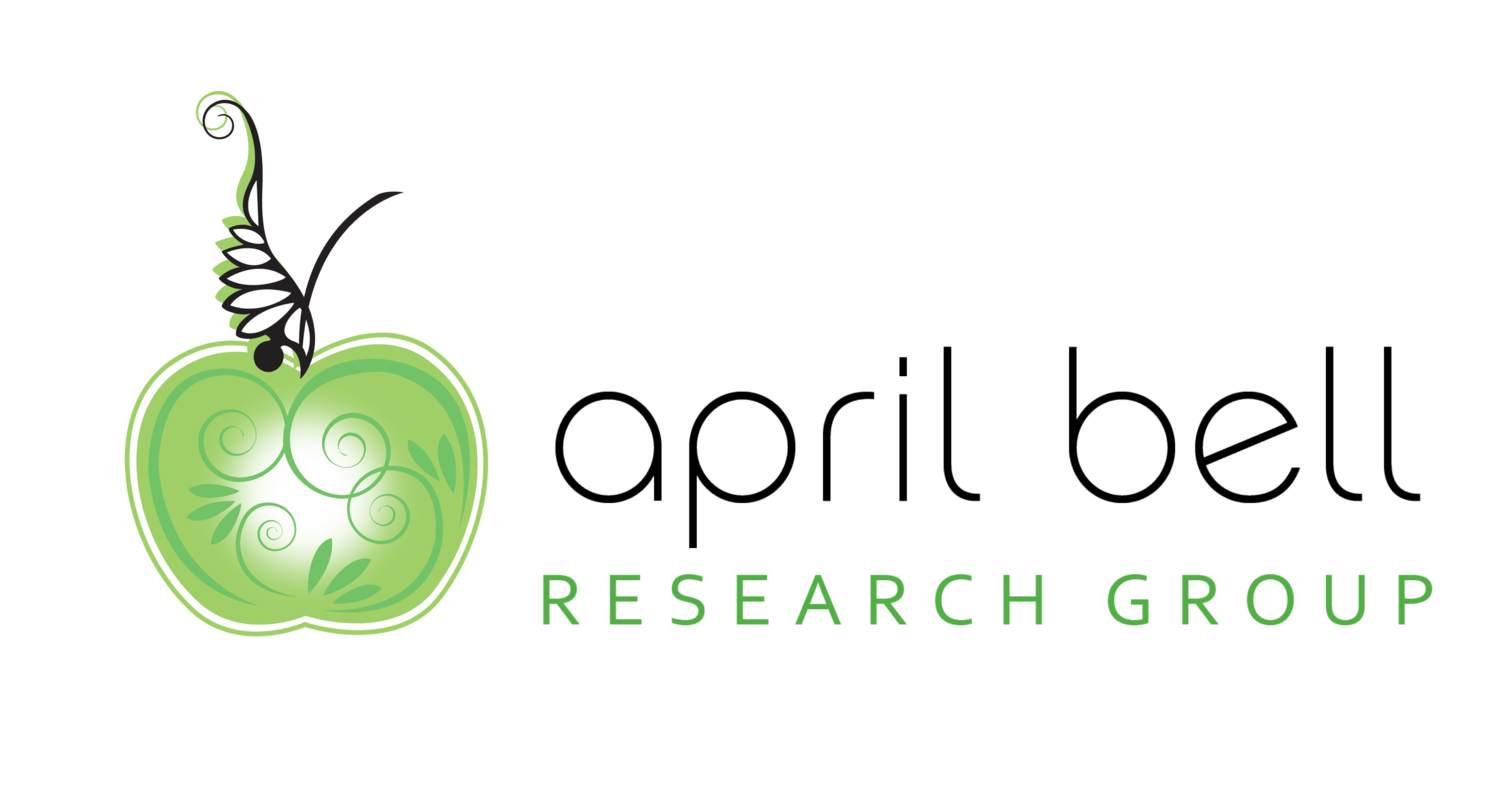
Writing a good report is more than just gathering the findings and spitting them out. There are a number of things that can help take a client relationship from vendor to partner.
1. Learn the client's "internal report style."
Important questions to ask yourself as you're developing a final deliverable include: How does your client have to deliver the findings internally within the organization? What typical form/format is the most meaningful? Do you know what types of reports are valued the most? If you don't know the answer to these questions, you should! As in all forms of written communication, tailor it to your audience. Although you're writing to higher level marketing execs, reporting still needs to be conveyed in simple, easy to read messages. Because your clients are bombarded daily with information, it is critical that your findings are conveyed simply and in a way that helps them make decisions.
2. Keep it Simple.
No matter how much data you've gathered, there are typically a few nuggets that are most meaningful. The best way I've found to keep it simple is to keep the end in mind. I will go so far as to post a large flip chart in my working area with the key objectives listed so that everything I'm reporting ties back to the original objectives. Anything else that is uncovered during the research is secondary to the reason you were hired: to answer their primary questions.
3. Know Your Objectives.
But first you have to know your objectives. If you can gain clear understanding of the objectives at the beginning of the project and ensure these are played back to your client throughout, it is a lot easier to deliver to their expectations. You'll find that some clients and some projects have more clarity than others...but I believe it's my job as a researcher to gain clarity upfront regardless of how certain the goals are initially. There have been times where I'm sure a client has thought I had a hearing problem because I asked and re-asked the question: "what are your objectives?"--but those are the projects where I had the most success at the end, primarily because we were walking hand in hand down the same path. Not only does your focus remain constant and clear amongst the large pieces of data you'll be faced with but your client's focus becomes clearer as well.
4. Be Present.
If possible, be available for presenting the data. Have you ever wondered whether your data was effective, useful, or meaningful or how they used it internally? So many times, the report is handed off or put into archives and your work is communicated as well as it is interpreted on the other end. To help alleviate confusion and highlight the data you find most meaningful, make yourself available for presentations. Folks usually begin to process and understand the data if they are forced to look at it in a small room together! So, when and if that happens, provide the learnings with confidence, a smile and a pretty presentation.
6. Use CONSISTENT Visuals.
It is easier for readers to process what it is you're trying to say if your visual have some level of consistency. When reporting qualitative, tease them with initial visuals and repeat these. The visuals then become icons and readers can easily anticipate what they might learn. When reporting quant, do not mix up the charts, tables, graphs throughout the document. Instead, let the visuals provide a framework to help communicate the message.
7. Framework.
Although every company has their own way of wanting to see reports, I've found a few consistent principles across clients, industries, etc. that are well-liked. Begin with a TOC, then an exec summary, implications and recommendations and follow up with detailed learnings. Also, separate sections with a "section title" page and use the company's provided template when possible (one more thing that looks familiar).
8. Focus on "Insights", not just "Findings".
Everyone wants "insights" and so it begs the question, "what exactly is an insight vs. a finding?." I believe an insight is simply taking what consumers are "saying" and inferring something actionable from it.
And, if you think about it, that's what any marketing department needs--information that they can act on!

